Lagos, known as Lacobriga during the Celtic settlement period, boasts a rich maritime history. Over the centuries, the town saw various civilisations such as the Phoenicians, Greeks, Carthaginians and Romans, with the latter bringing growth and prosperity. The Moors later fortified Lagos in the 10th century, naming it Zawaia. After being conquered by Christians in 1249, it became part of Portuguese territory. In the 15th century, the town became a hub for Portuguese exploration, with caravels sailing to Africa. Despite being devastated by the 1755 earthquake, Lagos regained prosperity in the 19th century through fishing and commerce. Today, Lagos is a vibrant city with a proud history and one of the best things to do there is to embark on a boat tour and explore its stunning coastline. Are you prepared to begin your day in Lagos?
See the coastline of Lagos from a boat
Explore secluded areas of the Algarve coast that can only be reached by a boat cruise to Ponta da Piedade from Lagos. This tour provides a peaceful escape from the busy crowds on land and is perfect for those with limited time, allowing for unobstructed views of the natural landmarks from the water. I opted for a tour with BlueFleet - Boat Trips and Tours, which lasted just over an hour and departed from Marina de Lagos, and it exceeded my expectations. Their knowledgeable local guides provide insights into the secrets, culture and history of Lagos, while their boats are well-equipped for comfortable and safe exploration of the coastline and caves.
Visit Lagos Marina and walk the promenade
The Lagos Marina, located in the Bay of Lagos, was established in 1994. Over the years, it has welcomed over 40,000 boats and 100,000 visitors from various parts of the world. The Marina de Lagos is known for its scenic promenade as well as its numerous restaurants and bars, making it a popular destination for tourists looking to enjoy drinks or coffee in Lagos.
See a replica of a historic caravel
The caravel Boa Esperança is a replica of the ship Bartolomé Díaz used when he passed the Cape of Good Hope in 1488. The vessel, which meets modern safety standards, was constructed in Portugal by skilled shipbuilders using traditional techniques from that era. Launched in 1990, it immediately began ocean sailing and was acquired by the Algarve Tourism Board to showcase the region's history. Since then, the ship has travelled many nautical miles on important missions and participated in regattas. It has also been featured in documentaries and films, offering guided tours to tourists and students about the Age of Discovery and the lives of seafarers from the 15th–17th centuries. During my visit, it was docked near the Lagos Marina
Feel the history at Lagos Fortress and the city walls
Constructed in the late 17th century, Lagos Fortress is located at the point where the River Bensafrim meets the Atlantic Ocean. This rectangular fortress features sturdy stone walls and a small drawbridge. Today, it serves as a museum dedicated to the Portuguese Discoveries. Originally built to protect Lagos from potential attacks, the fortress was later utilised as a military service depot for maritime-related activities until the late 20th century. The ancient city walls that still encircle the historic area of Lagos provide a glimpse into the city's rich past. Situated in front of the fortress are the restored twin watchtowers overlooking the water.
Go around the statue of Henry the Navigator
The statue of Infante Dom Henrique, also known as Henry the Navigator, was erected in the square bearing his name in 1960 to commemorate the 500th anniversary of his death. Lagos became a prominent port for Portuguese explorations due to its excellent natural harbour during the time of Henry the Navigator in the 15th century. As the governor of the Algarve, he prepared ships and funded expeditions to Africa, marking the beginning of the Portuguese Discoveries. The governor's palace was located within the protective walls of the city.
Address: Praça Infante Dom Henrique
Visit Municipal Museum
The Municipal Museum Dr. José Formosinho, established in 1932 and named after its founder, is the primary museum in Lagos. It is widely considered the top museum in the Algarve region, offering various exhibits catering to different interests. A major highlight of the museum is the beautifully decorated interior of the Church of Santo Antonio, which can only be accessed through the museum. Visitors can explore numerous rooms showcasing local history, Portuguese historic coins, military artefacts from the Age of Discovery, artworks and more. The museum's collection also includes archaeological discoveries such as Moorish pottery and findings dating back to Neolithic times. Upon exiting the museum, visitors are treated to the breathtaking interior of the small baroque Church of Santo Antonio, featuring intricate gold leaf decorations alongside charming azulejo tiles.
Address: R. Gen. Alberto da Silveira 1
Walk around the old town
Explore the picturesque cobblestone streets of the old town of Lagos, lined with charming shops, eateries and historic buildings.
Have fun spotting street art
Thanks to the unique initiative known as ARTURb, organised by the city council, street art can be found throughout Lagos. This project brings together Portuguese and international street artists to create art in various locations around the city. Take some time to explore and appreciate the different pieces of street art scattered throughout Lagos. Some notable works include a mural of two snails painted by Belgian artist ROA, known for his intricate animal paintings in black and white. 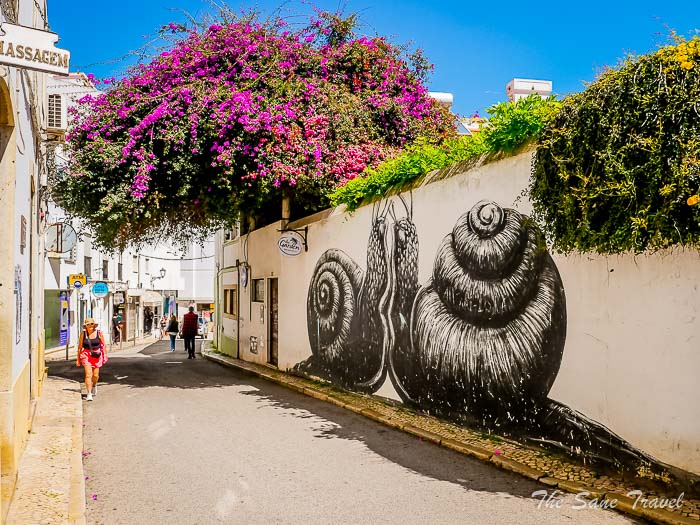
Address: R. Lançarote de Freitas 31
Lagos Jungle Fever
The artwork Lagos Jungle Fever, created in 2023, was a joint project involving three artists from different countries. One of them, Le Funky, is a freelance illustrator and graphic designer from Portugal. Another artist, Thomas Kojo Alicoe Appiah, also known as Tetebotan Kali, is a versatile visual artist from Ghana. The third artist, Tars82, is a Brazilian graffiti artist with over 25 years of experience, currently based in Portugal. Each artist has incorporated their unique style into the piece, which aims to promote unity and togetherness among people of diverse backgrounds. Despite coming from different tribes, we are all human beings.
Address: Tv. do Cotovelo 6
Finding New Shapes by The Caver, created in 2023.
Address: R. Lançarote de Freitas 20A
The mural of bears below is the creation of two artists under the alias Pipsqueakwashere.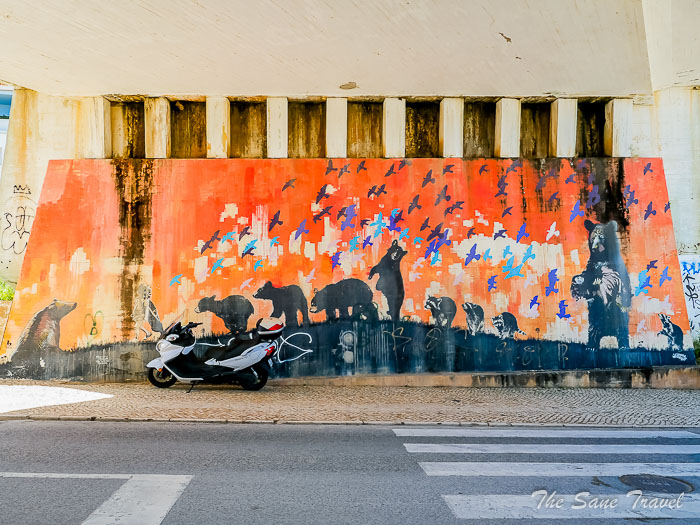
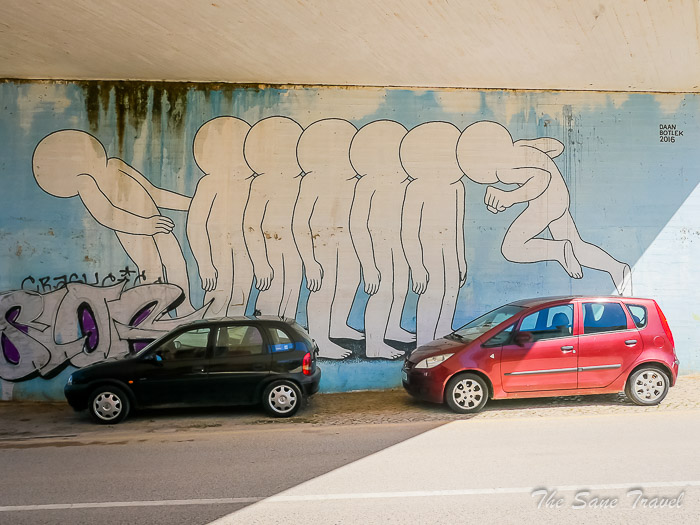
Address: Rossio da Trindade, 8600-513 Lagos
Stroll along the boardwalk
The Ponta da Piedade Trail is a small part of the notable Fishermen's Trail known for its beauty and length. The official start and finish point of the Fishermen's Trail is the Lagos train station; however, it is recommended to begin the walk at Dona Ana Beach. The trail initially consists of wooden walkways with various scenic viewpoints, offering a different perspective of the Lagos coastline compared to a morning boat ride. 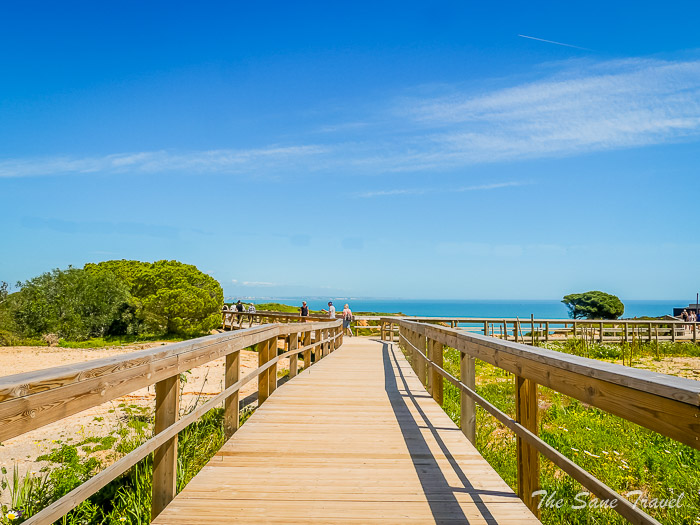
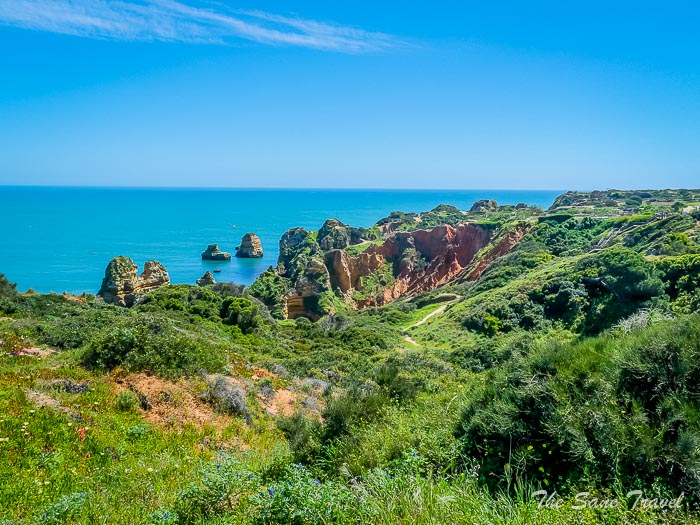
The next stop on your hike is Ponta da Piedade, a remarkable geological formation resembling a large, crumbling cake. This site features stunning limestone formations and grottoes shaped by the sea over many years. Take in the breathtaking sea stacks, arches and tunnels, and observe the various birds that inhabit this rocky sanctuary. 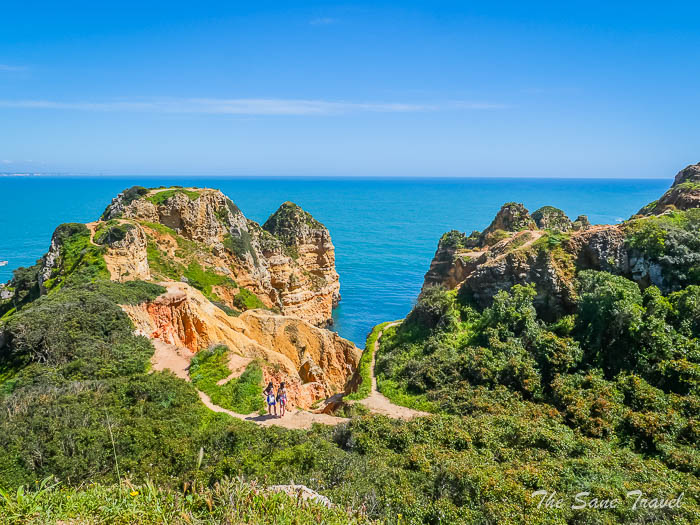
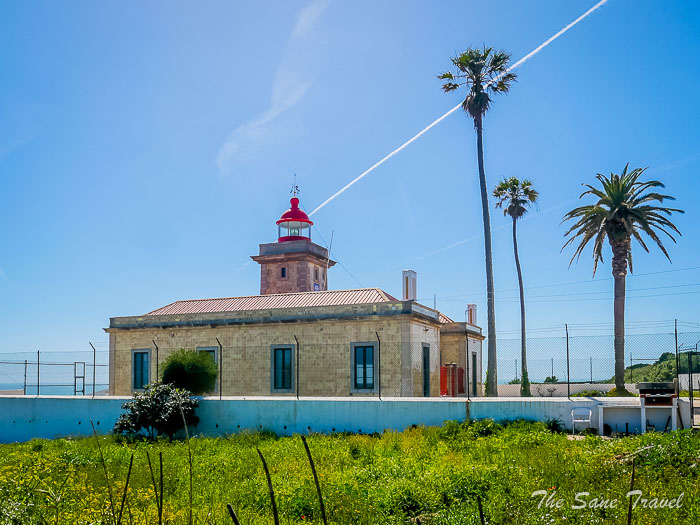
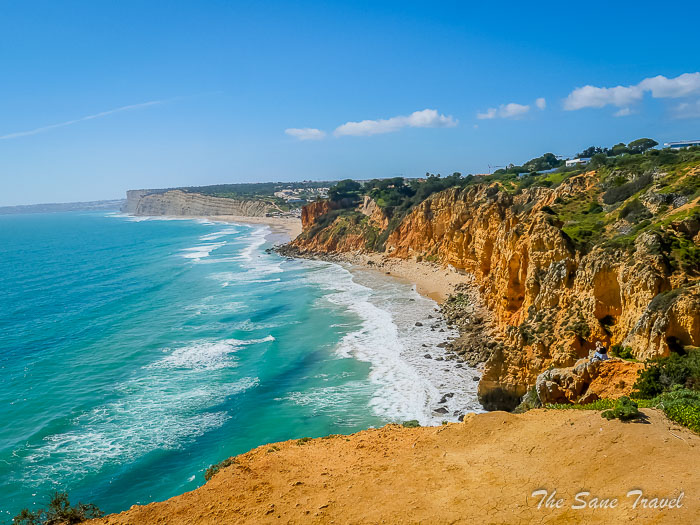
Practical tip
I did not explore Lagos City Market, but you are more than welcome to do so.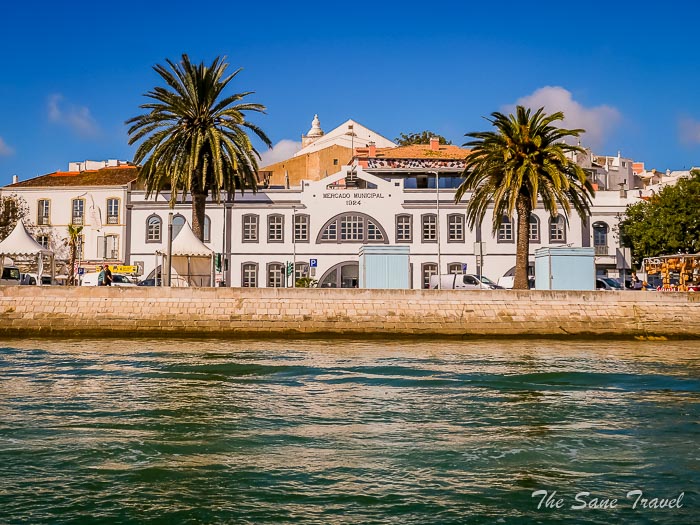
Like it? Pin it! 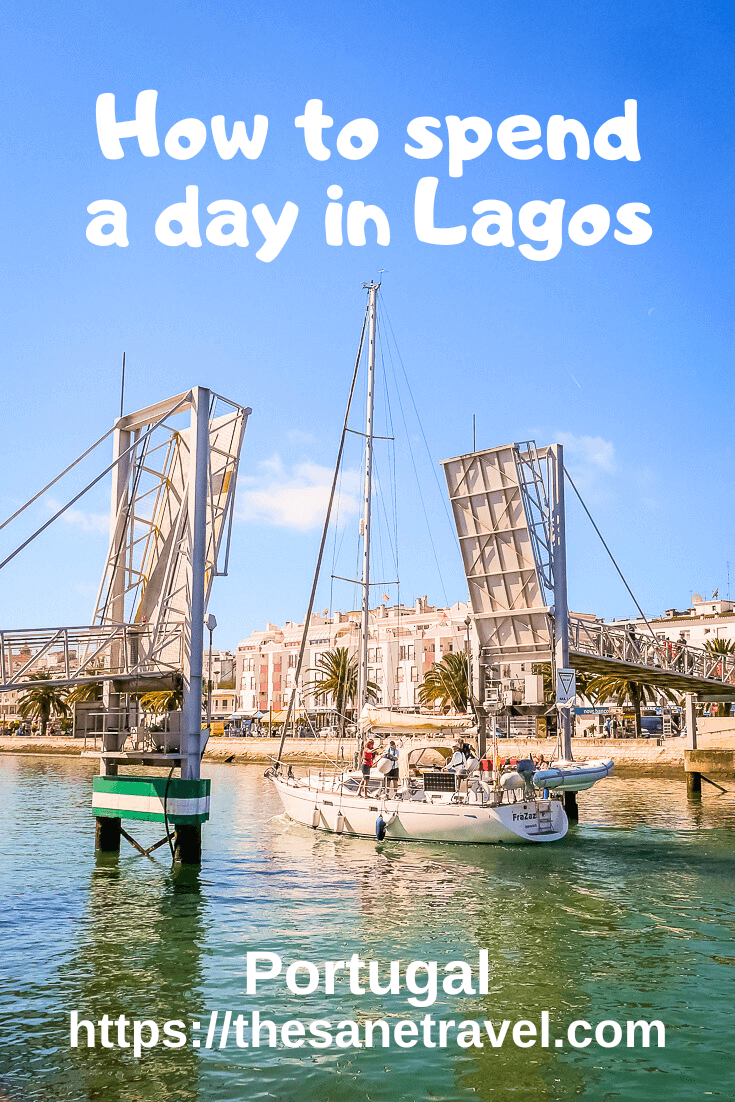
What did you think? Have you visited Algarve and Lagos? I would love to hear from you, so please add your comment below.
Author: Anita Sane

About the author
Anita is a part-time traveller, passionate photographer and a retired career woman from Latvia, travelling mostly solo for more than 15 years. She is a skilled travel planner who plans and executes her travels by herself. Anita wants to show you how to travel the world and open your mind to new experiences. Follow her on Facebook, Instagram, Pinterest, Twitter and Bloglovin.


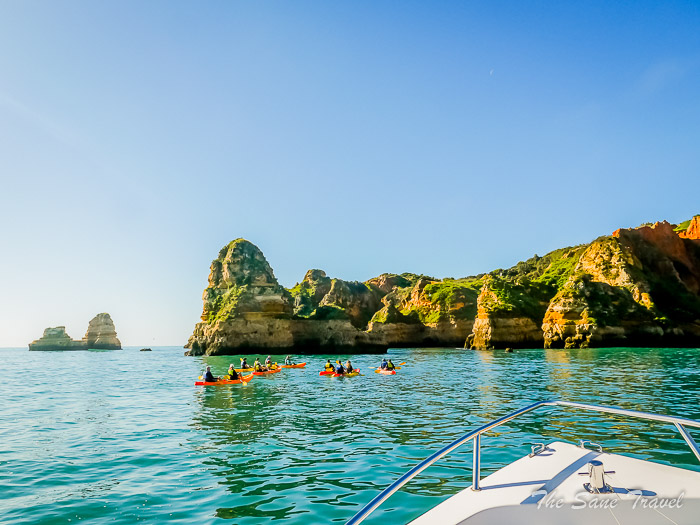
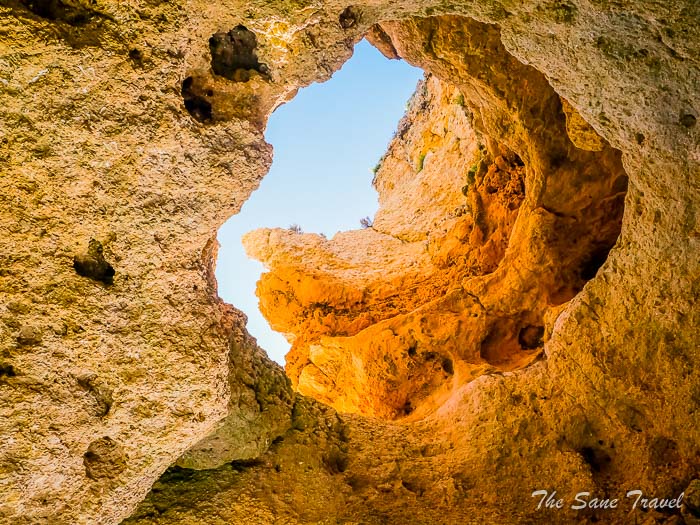
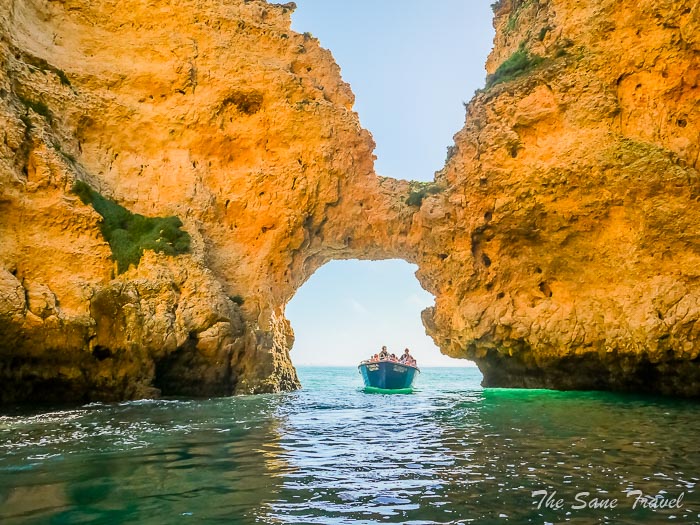
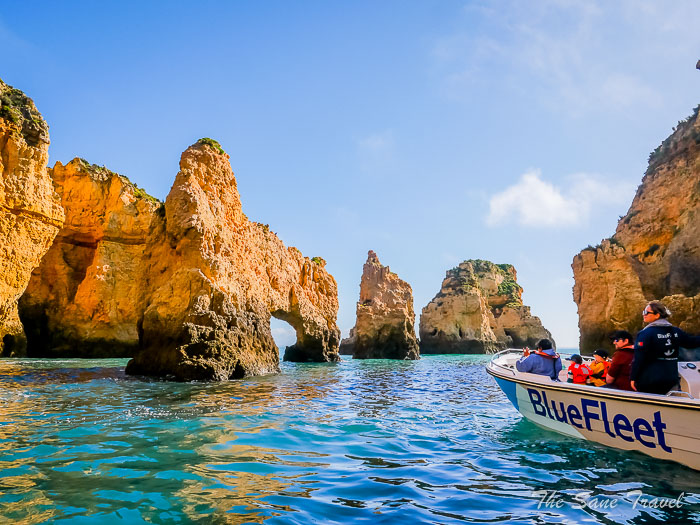
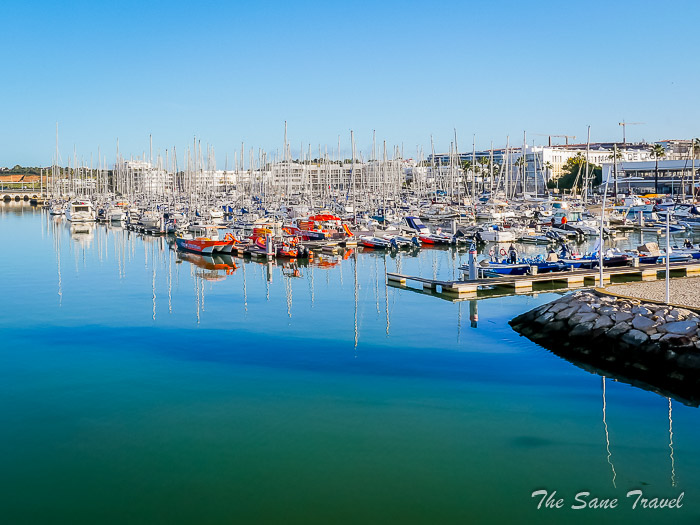
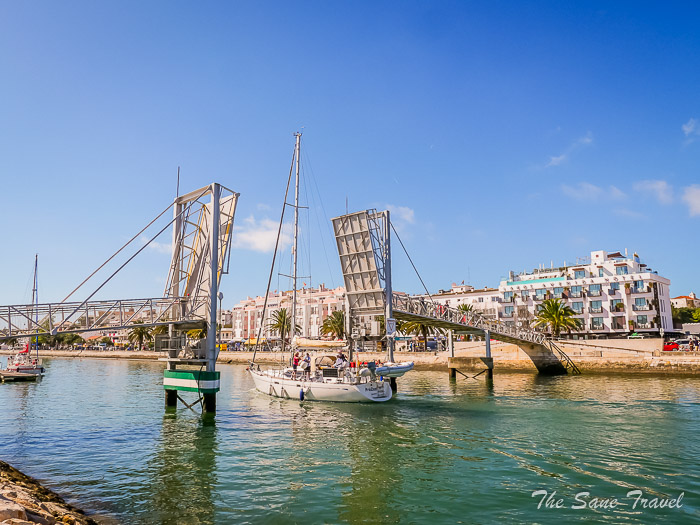
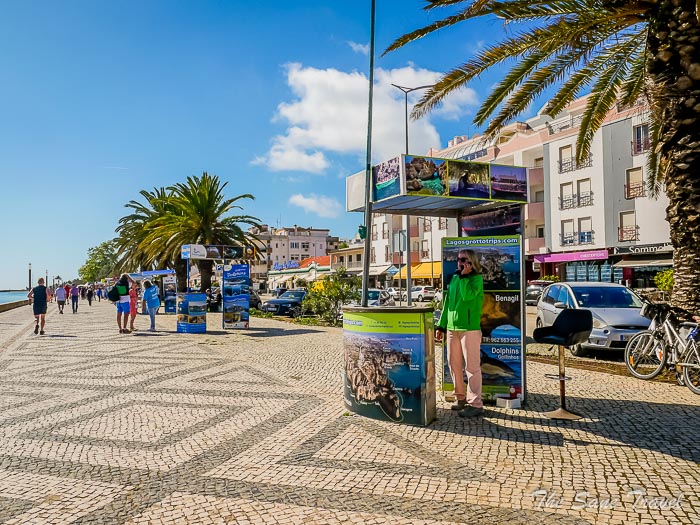
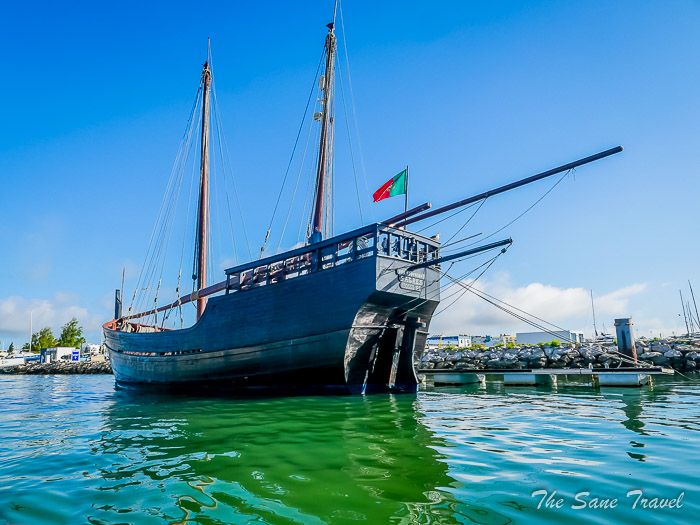
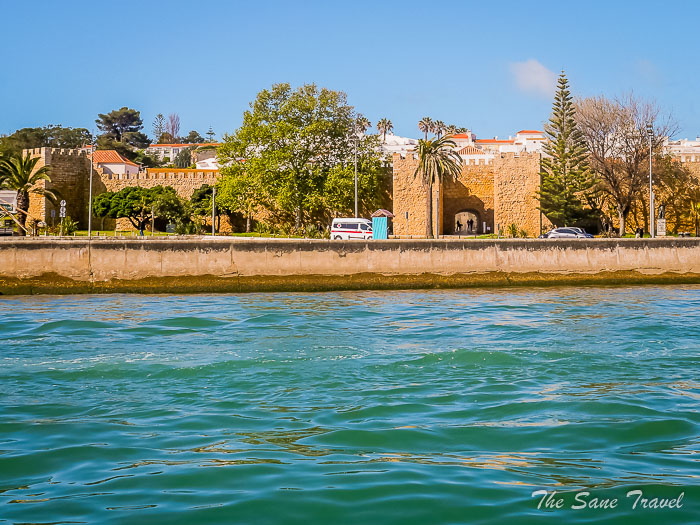
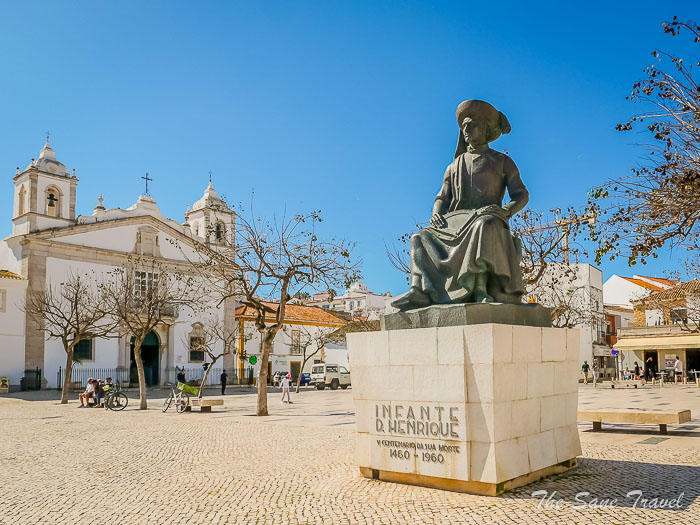
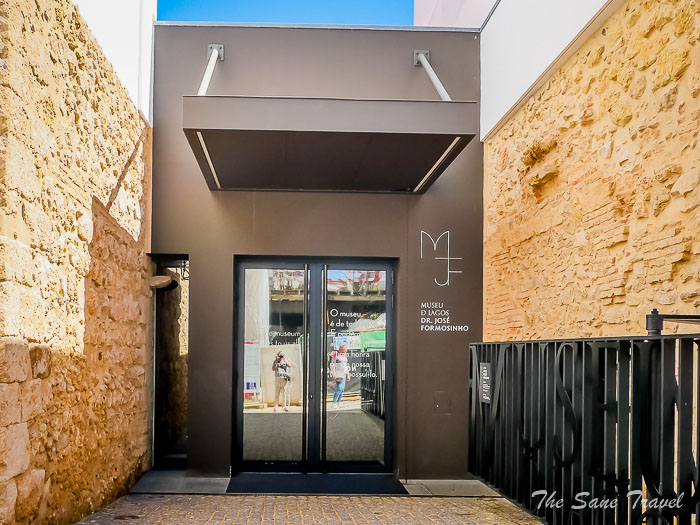
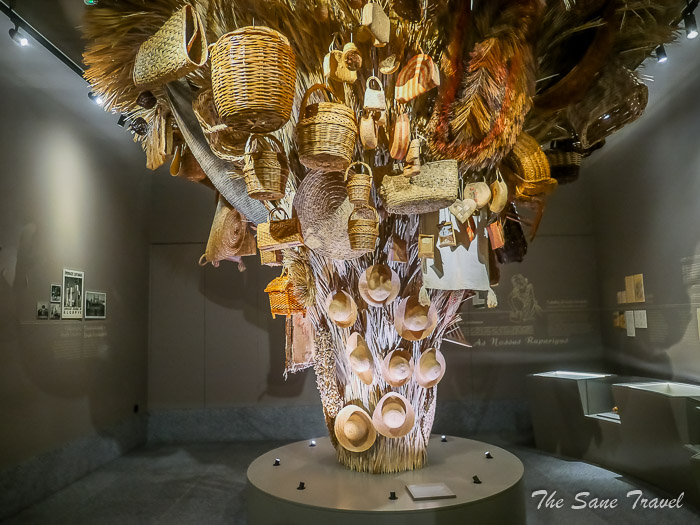


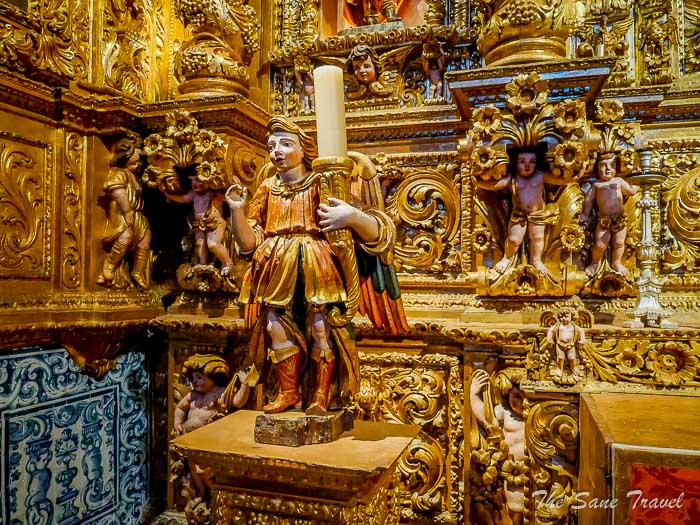
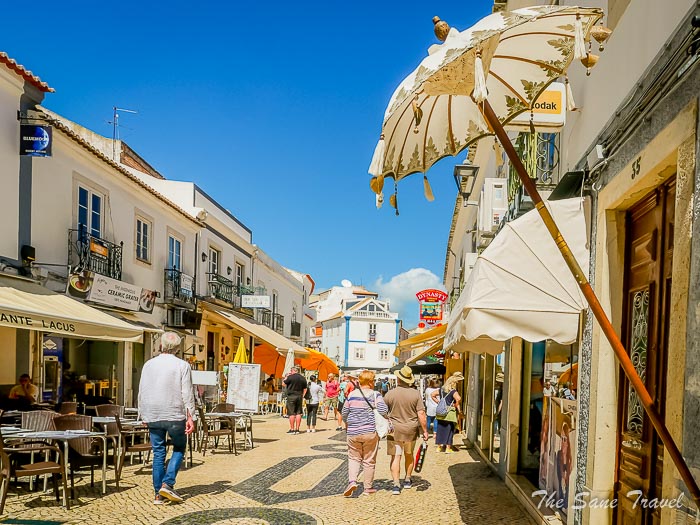
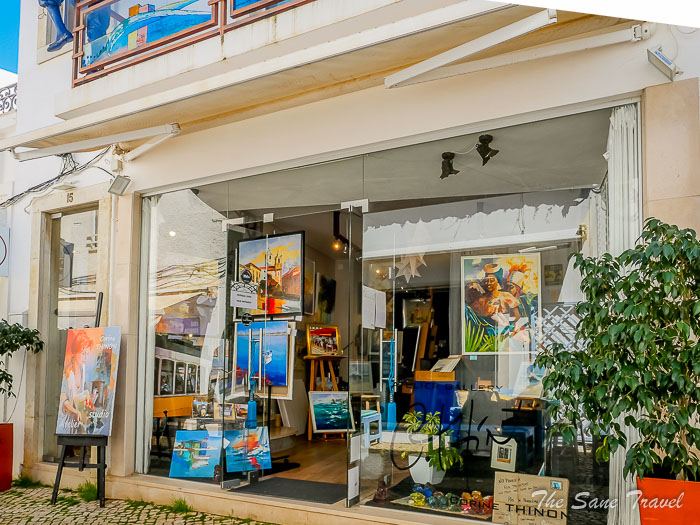
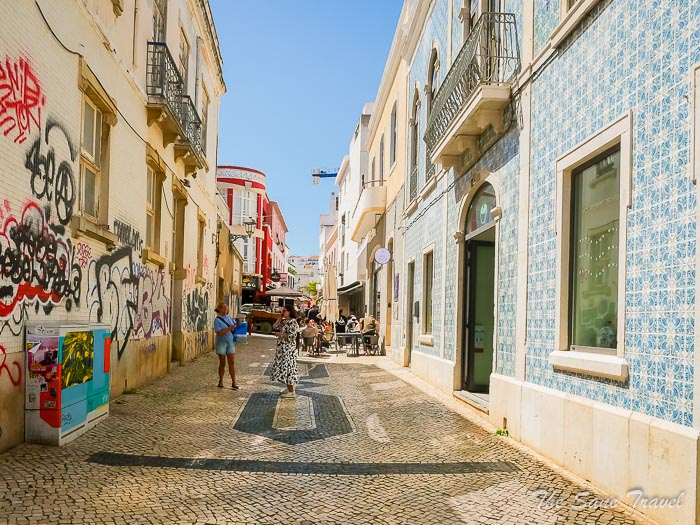
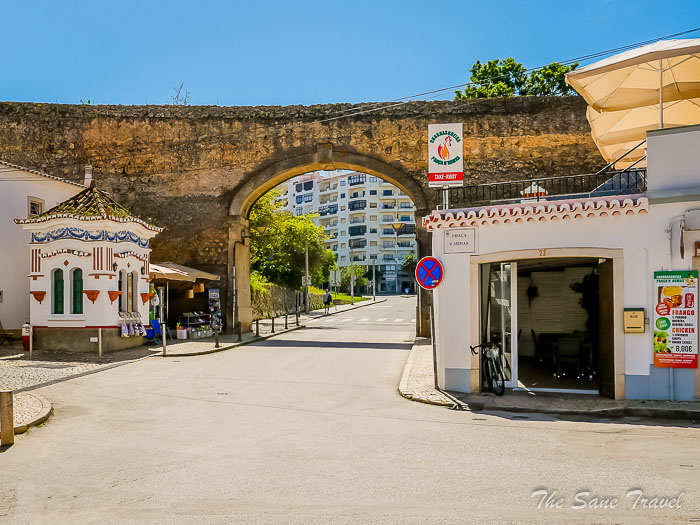
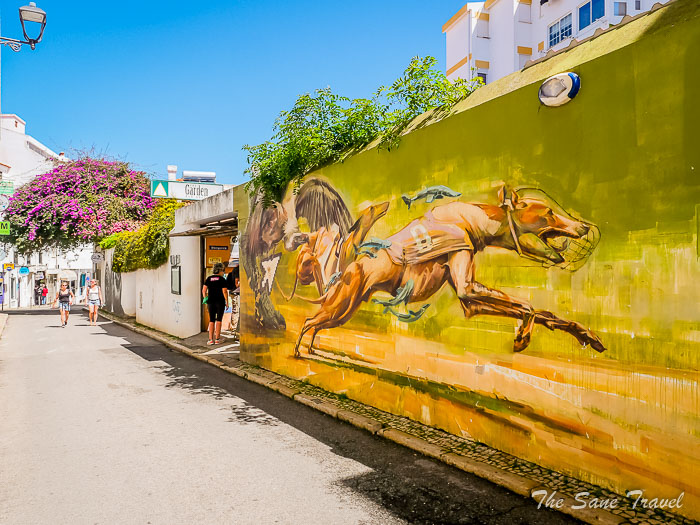
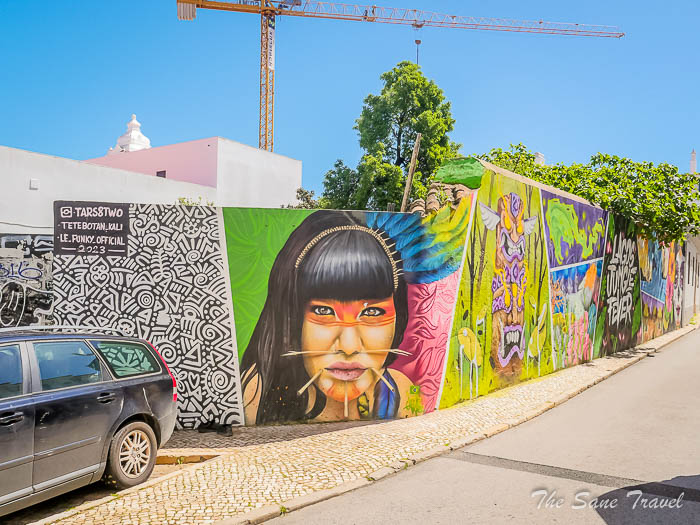
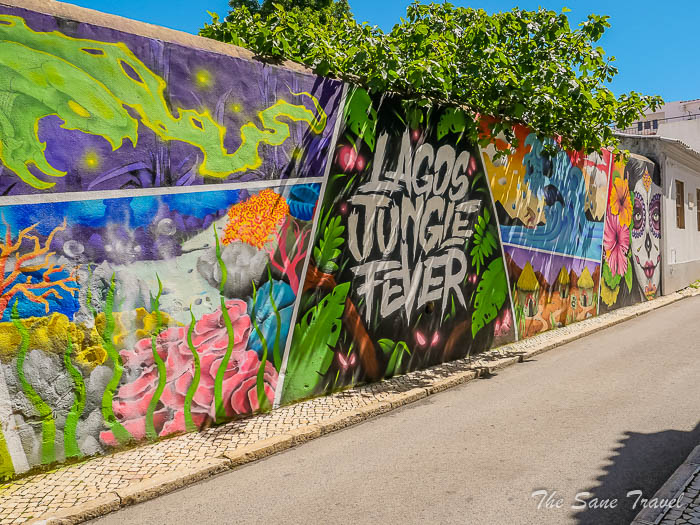
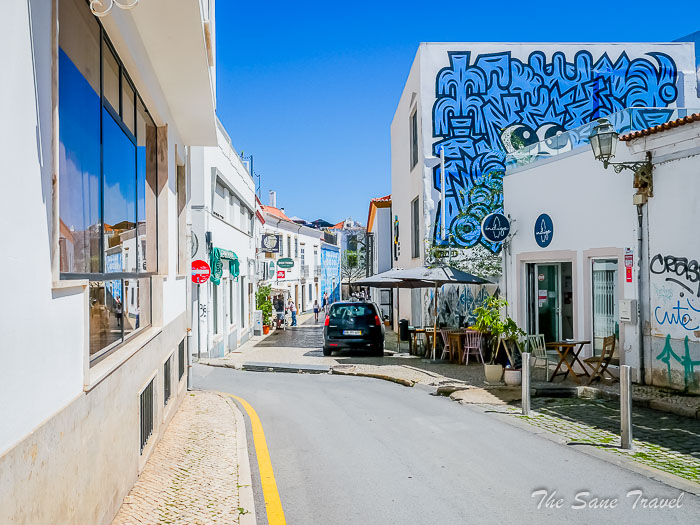
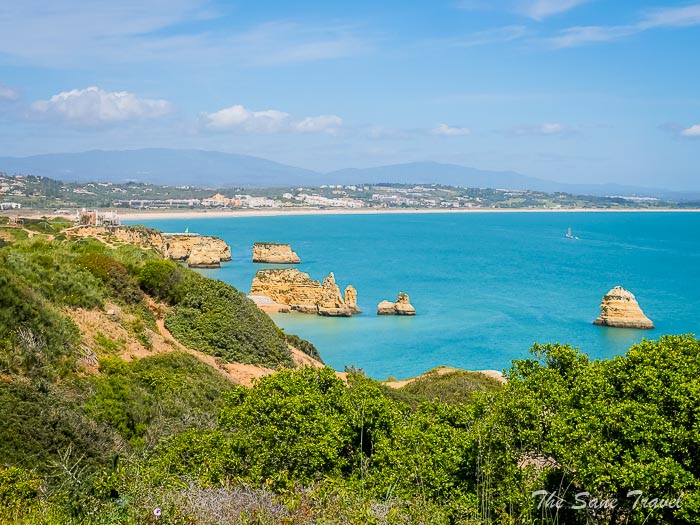
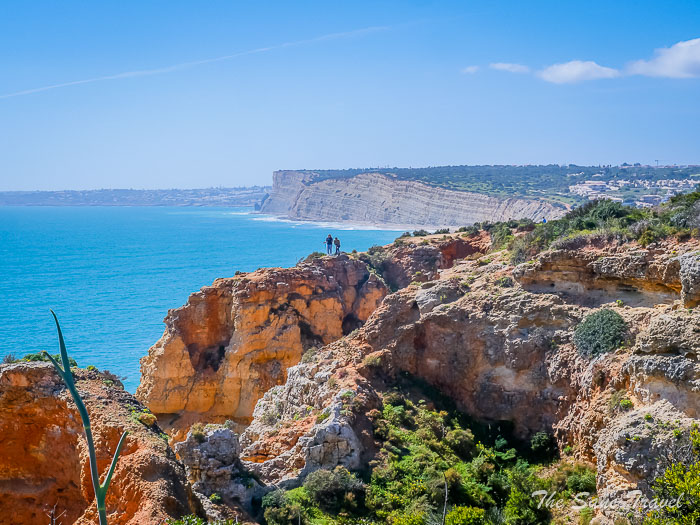
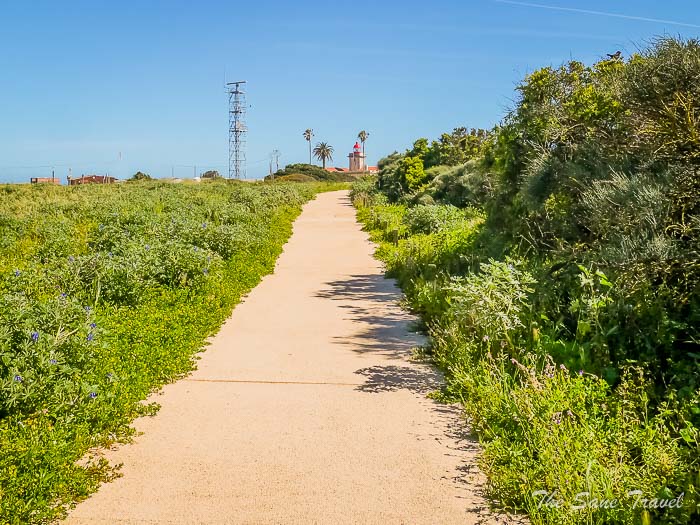
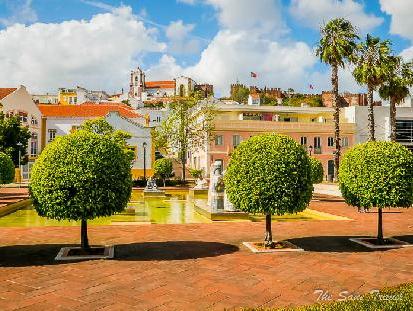





We did admire and try out all the new boardwalks - hoping they will, at least, reduce the erosion on the cliffs (Ponte da Piedade) and sand dunes (Meia Praia). We noted huge amounts of new building work - some completed since we were last there in 2018, some under construction now - removing some of the green vacant lots within the suburbs, and at least one monstrosity that has not been worked on since 2016.
Still, we had a pleasant time walking and birdwatching - didn't see much sun, but it did mostly stay dry.
Report
My comments